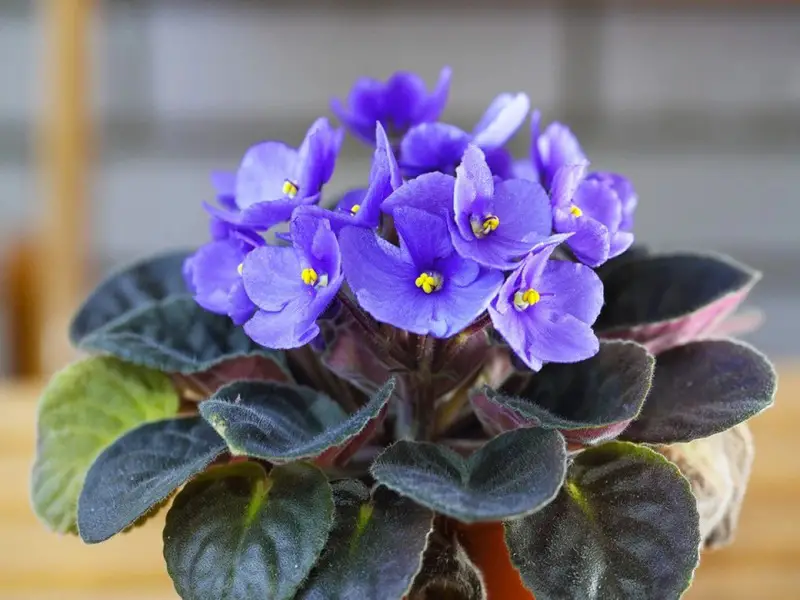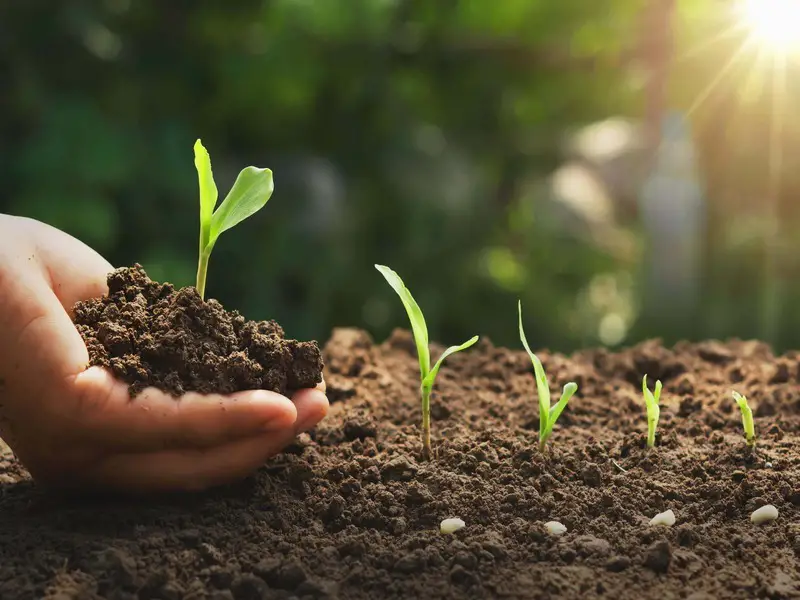Violets are known for their beautiful and delicate flowers that come in a range of colors, from white to purple. These hardy plants are easy to grow and maintain, making them a popular choice for both novice and experienced gardeners. In this article, we’ll go over the basics of planting violets, from choosing the right location to caring for your plants.
What Are Violets?
Violets are not only beautiful but also have a rich history and symbolism. In ancient Greece, violets were associated with love and fertility, and they were often used in love potions. In the Victorian era, violets symbolized modesty and humility, and they were a popular gift among lovers.
There are many different species of violets, and each has its unique characteristics. Some violets are fragrant and produce small, delicate flowers, while others are larger and more robust. Violets can be found in a wide range of colors, including purple, blue, pink, yellow, and white.
One of the most popular types of violets is the African Violet, which is a houseplant that is known for its striking blooms and ease of care. African Violets are native to Tanzania and Kenya and are often grown in pots indoors.
Another popular type of violet is the Sweet Violet, which is a low-growing, spreading plant that is native to Europe and Asia. Sweet Violets have a delicate fragrance and produce small, violet-blue flowers in the spring.
Overall, violets are a diverse and fascinating group of plants that can add beauty and charm to any garden. Whether you’re a seasoned gardener or a beginner, violets are an excellent choice for adding color and interest to your outdoor space.

Choosing the Right Location
Choosing the right location is one of the most important factors in ensuring the success of your violet plants. The first step is to determine if your climate is suitable for violets. While violets can grow in a wide range of climates, they prefer cooler temperatures and moderate humidity. If you live in a hot, arid climate, you may need to provide extra shade and water to keep your violets healthy.
Once you’ve determined that your climate is suitable, you’ll need to select a location that provides the right growing conditions. Violets prefer partial shade, which means they need some protection from direct sunlight. Look for a location that receives a few hours of morning or afternoon sun, and where the soil is well-draining. You should also avoid areas where water tends to collect, as this can cause root rot.
If you’re planting violets in a garden bed, choose a spot that is sheltered from strong winds and has good air circulation. Violets need air to circulate around their leaves and flowers to prevent fungal diseases from developing.
If you’re planting violets in containers, choose a pot that is at least 6 inches in diameter and has drainage holes in the bottom. Fill the pot with a well-draining potting mix, and place it in a location that receives partial shade.
Overall, choosing the right location is critical to the success of your violet plants. By selecting a spot that provides the right growing conditions, you can ensure that your violets thrive and produce beautiful flowers.
Preparing the Soil
Preparing the soil is an essential step in planting violets. Before planting, it’s important to make sure that the soil is rich in nutrients and has the right pH level. Violets prefer soil that is slightly acidic, with a pH range between 5.5 and 6.5. If your soil is too alkaline, you can lower the pH by adding sphagnum peat moss or aluminum sulfate.
To prepare the soil, start by removing any weeds or debris from the planting area. Then, loosen the soil to a depth of about 6 inches using a garden fork or tiller. This will help to improve drainage and aeration, which is important for healthy root growth.
Once the soil has been loosened, it’s time to amend it with organic matter. Organic matter can help to improve the structure and fertility of the soil, which can improve the growth and health of your violets. You can add compost, well-rotted manure, or leaf mold to the soil to add organic matter. Mix the organic matter into the soil to a depth of about 2-3 inches.
After adding organic matter, you can also add a slow-release fertilizer to the soil. A balanced fertilizer with equal amounts of nitrogen, phosphorus, and potassium is ideal for violets. Follow the package instructions to determine how much fertilizer to use based on the size of your planting area.
Overall, preparing the soil is an important step in ensuring the success of your violet plants. By providing the right nutrients and pH level, you can create a healthy environment for your violets to grow and thrive.
Planting Violets
Now that you’ve selected the right location and prepared the soil, it’s time to plant your violets. Here’s how:
- Dig a hole that is slightly larger than the root ball of your violet plant.
- Gently loosen the roots of the plant and remove any damaged or dead roots.
- Place the plant in the hole and cover the roots with soil.
- Water the plant thoroughly.
Caring for Your Violets
Caring for your violets is essential to ensure that they thrive and produce beautiful flowers. Here are some tips for caring for your violets:
- Watering: Violets prefer moist soil, so water them regularly. However, be careful not to overwater, as this can cause root rot.
- Fertilizing: Fertilize your violets once a month during the growing season with a balanced fertilizer.
- Pruning: Prune your violets after they finish blooming to promote new growth.
- Mulching: Mulch around your violets to help retain moisture and regulate soil temperature.
Conclusion
Planting violets can be a rewarding experience, as these beautiful flowers can add color and charm to any space. By selecting the right location, preparing the soil, and caring for your plants, you can ensure that your violets thrive and produce beautiful flowers year after year.
Remember to water and fertilize your violets regularly, prune them after they finish blooming, and keep an eye out for any pests or diseases. With a little bit of care and attention, your violets can flourish and add beauty to your garden.
We hope this article has provided you with everything you need to know about how to plant violets. Happy gardening!
Common FAQs About Planting Violets
- Do violets need full sun?
- No, violets prefer partial shade and do not do well in direct sunlight or extreme heat.
- How often should I water my violets?
- Water your violets regularly to keep the soil moist, but be careful not to overwater, as this can cause root rot.
- Can I plant violets in containers?
- Yes, violets can be planted in containers as long as they have adequate drainage and are kept in a cool, shaded location.
- How often should I fertilize my violets?
- Fertilize your violets once a month during the growing season with a balanced fertilizer.
- What pests and diseases should I watch out for?
- Violets can be susceptible to aphids, spider mites, and powdery mildew. Keep an eye out for any signs of these pests or diseases and treat them promptly.
- How can I propagate my violets?
- Violets can be propagated by division or by taking leaf cuttings.




